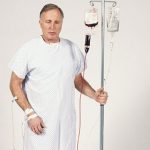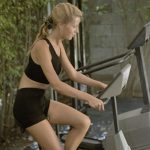
For people recovering from surgery or dealing with a painful injury, an expert suggests that there are a number of safer alternatives for managing pain than using potentially addictive opioids. “Today, more than ever before, we have a host of other methods that can effectively lessen pain,” Dr. James Grant, chair of the department of anesthesiology at Cedars-Sinai in Los Angeles, said in a hospital news release. The United States is grappling with an opioid addiction epidemic. There were 218,000 overdose deaths involving prescription opioids in 2017, five times higher than in 1999, according to the U.S. Centers for Disease Control and Prevention. Many people become addicted when they receive prescription opioid medications after surgery or a major injury. The first step in reducing opioid addiction is making patients realize that managing pain doesn’t mean they are going to be pain-free, according to Grant. “It’s important for patients to understand that when you undergo surgery, you won’t be entirely pain-free,” he said. “We need to manage expectations and make sure patients understand there likely will be some discomfort associated with any procedure. But as days go by after the procedure, the discomfort should progressively subside a little until you get back to your pre-procedure state.” Grant also outlined a number of ways to manage pain without opioids. For many patients, over-the-counter nonsteroidal, anti-inflammatory medications like… read on >


















